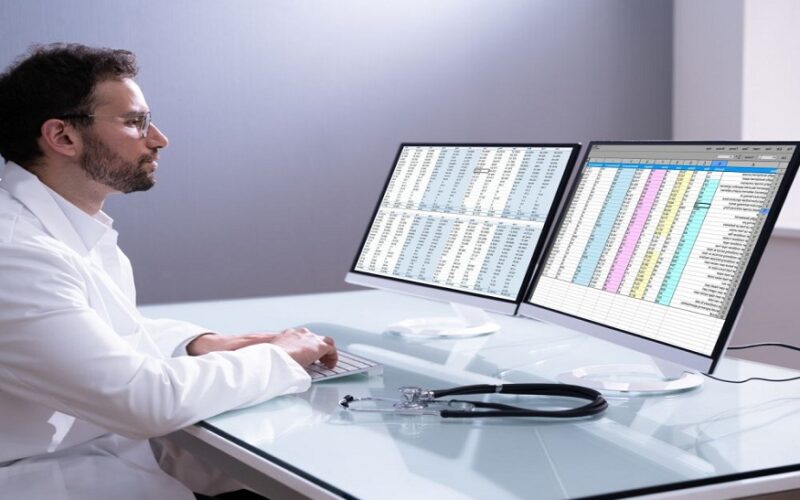If you ever wondered what a medical biller does on a day-to-day basis as well as what procedures they follow, the following should give you a brief idea. Although it might seem like an overly complicated job to those on the outside, by following a set of processes the role can be both rewarding and straightforward.
Medical coding and billing are often separate roles within an organization but very often the same person takes care of both. This is what they do as part of the job.
Registration of Patients
When a patient visits a medical facility for the first time, they will need to be registered on the system so that any treatment can be correctly coded and billed. The patient will either be given a form to complete in the office or will have already completed an online form before the visit. The registration form will include the patient’s personal details as well as information about the insurance provider. The medical biller must input this information on to the in-house software system.
Confirm Insurance Details and Financial Responsibility
The medical coder/biller must check the information pertaining to insurance cover. It is the medical biller’s job to establish financial responsibility for the individual. As insurance plans differ from company to company and from person to person, who will pay for which services and what is covered by insurance must be confirmed before any treatment is carried out. The biller will need to inform the patient if there are any procedures or medication that is not covered by insurance as it will then be the patient’s responsibility to cover these costs.
Preparing Claims
According to the good folk at FindACode.com, translating patient information into the relevant medical billing codes is one of the most important parts of the medical biller/coders job. A coder creates a super bill with all the correct codes and the biller then enters this information into the billing software program.
Insurance claims must meet the relevant standards of compliance and it is up to the biller to check this. If there is a medical coder and biller within the organization, the coder would take care of accurate coding after which the biller would review them to ensure they are correct. But in many cases, the coding and billing is done by the same person.
Submit Claims
HIPAA (Health Insurance Portability and Accountability Act) compliant claims can then be submitted to the relevant payer. Claims may need to be sent to a clearinghouse to be checked for errors before being sent to the insurance company or another payer like Medicare or Medicaid.
Monitor Submitted Claims
Once claims are submitted, they will be assessed by the payer and will either be accepted, rejected, or denied. An accepted claim is one that the payer has checked and will make the relevant payment. This does not mean that they will pay the full amount, however. They will send a report listing the procedures that they agree to cover and will also include information relating to any procedures that they are not covering.
Rejected claims are those found to have errors. They are sent back to the biller to be amended and then resubmitted. Denied claims are claims that the payer is not providing cover for. It could be that the treatment is relating to a pre-existing claim that is not covered by the plan.
The biller must check reports sent by the payer and decide whether an appeal should be made. If there is no possibility of an appeal, the biller must then try to secure payment from the patient.

